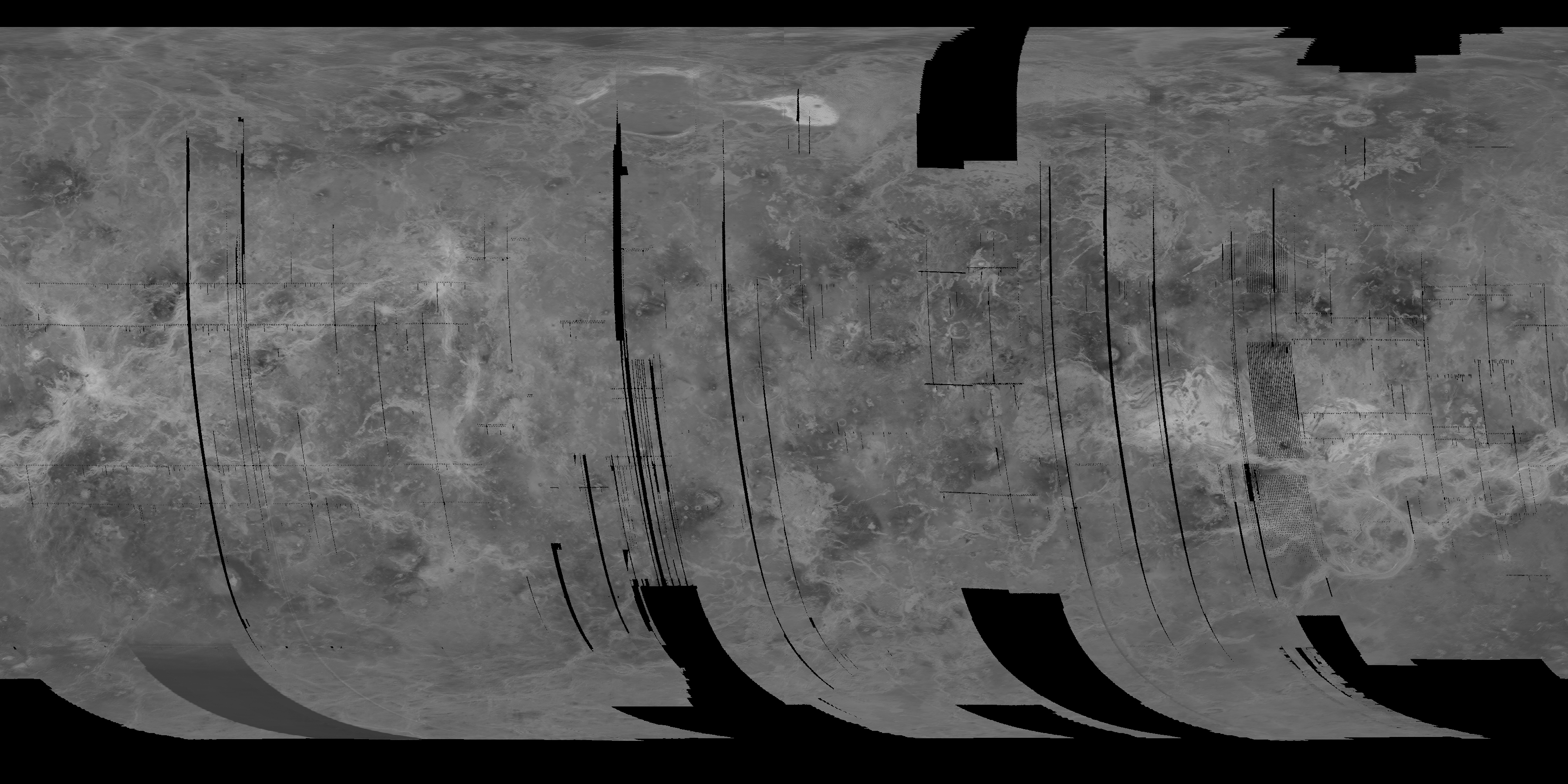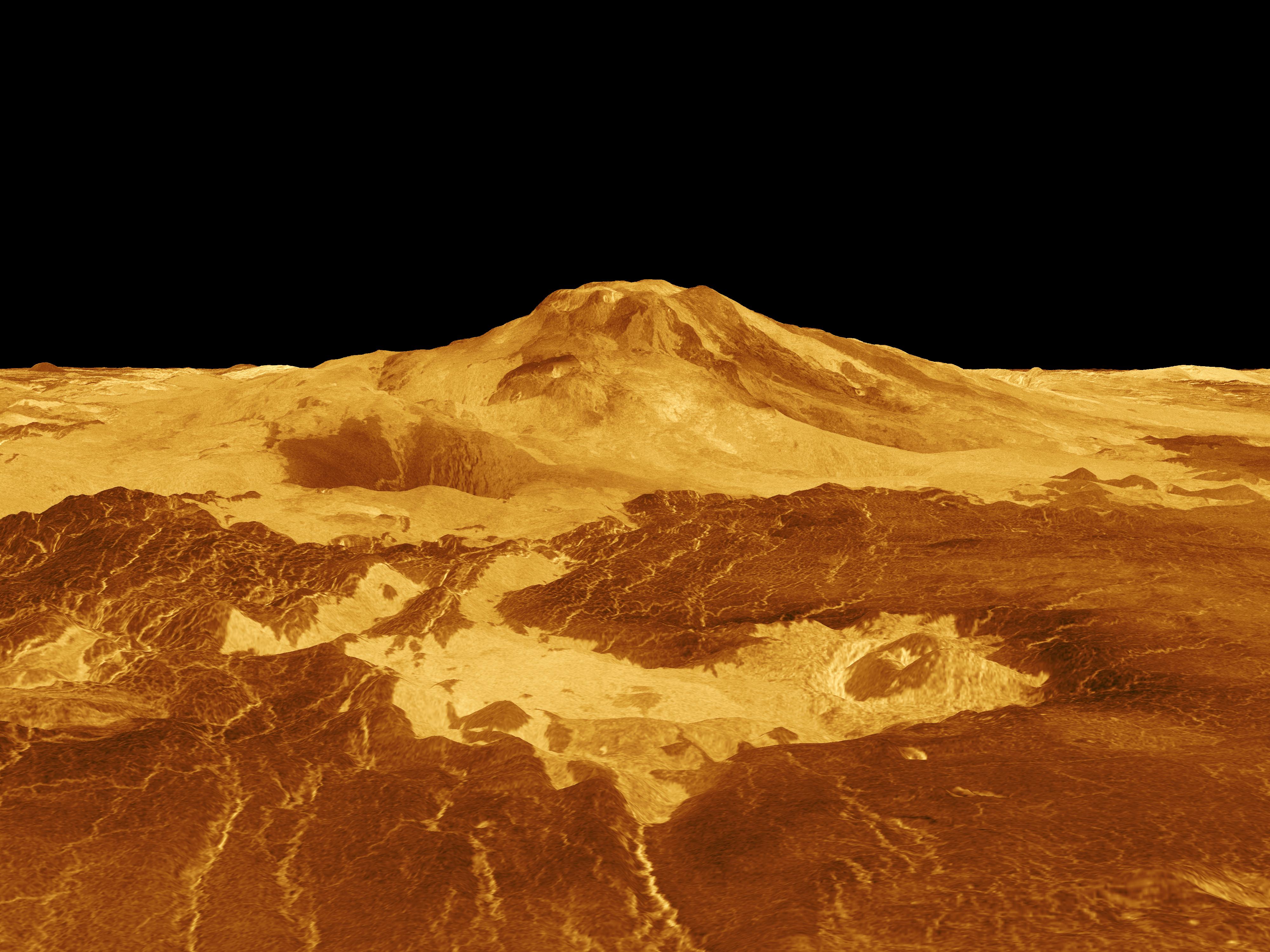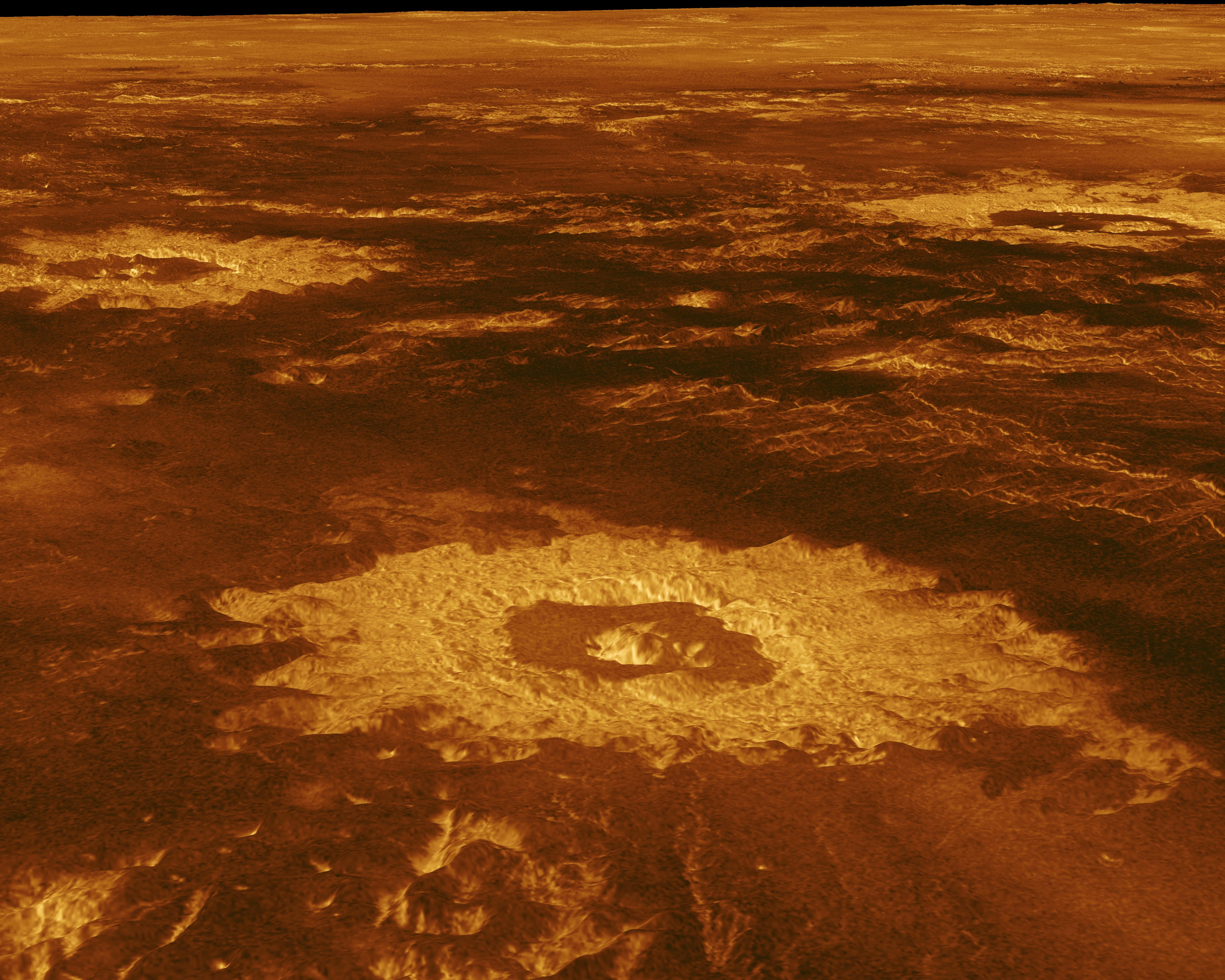i dont get your logic. Luna-25 failed due to engine misfired not due to south pole is a hard place to land.Nervous about ours now, looks like landing on the south pole is really really hard
How to install the app on iOS
Follow along with the video below to see how to install our site as a web app on your home screen.
Note: This feature may not be available in some browsers.
You are using an out of date browser. It may not display this or other websites correctly.
You should upgrade or use an alternative browser.
You should upgrade or use an alternative browser.
Russia's Luna-25 Has Crashed Into The Moon: Tass
- Thread starter NG Missile Vessels
- Start date
mike2000 is back
ELITE MEMBER

- Joined
- Apr 12, 2015
- Messages
- 8,513
- Reaction score
- 19
- Country
- Location
It was an engine issue it seems
RashidKhanTheLegend
FULL MEMBER

- Joined
- Nov 7, 2018
- Messages
- 141
- Reaction score
- -1
- Country
- Location
The reason is no o e really cares
The U.S, Russia, China have all sent probes to the moon
Do you think the U.S 50 years after landing a man on the moon couldn't?
The point is why would they spend money doing so?
Point is US did lot of spending after for space race with USSR.. now that UsSR is gone..they have none matching their prowess.. so now USA does what is necessary for Business and national security...
US spies on the whole world using space infra.. controls GPS networks even in hostile countries.
What else is needed from a space program ??
Other than China's recent rovers, the last time there was a controlled descent was December 7, 1972 (Apollo 17). Since moon does not have an atmosphere, the probability of a successful unmanned descent is quite low. I would say a successful landing would be an extremely impressive achievement.Nervous about ours now, looks like landing on the south pole is really really hard
Hack-Hook
ELITE MEMBER

- Joined
- Jan 11, 2012
- Messages
- 19,358
- Reaction score
- 3
- Country
- Location
do you believe there is any place in the moon we don't have an exact map of"At the lunar South Pole, the Sun hovers below or just above the horizon, creating temperatures upwards of 130°F (54°C) during sunlit periods. Even during these periods of illumination, soaring mountains cast dark shadows and deep craters protect perpetual darkness in their abysses. Some of these craters are home to permanently shadowed regions that haven’t seen sunlight in billions of years and experience temperatures as low as -334°F (-203°C).
Even using advanced sensors, the combination of terrain and lighting conditions will make it difficult to tell what the ground looks like from a vehicle descending to the lunar South Pole, and some systems may be vulnerable to rising and plummeting temperatures."
More here, since you can't open the link-
Astronauts descending to the lunar surface will be able to manually take control of a lander’s onboard automated guidance system if necessary, as Neil Armstrong did when the Eagle’s guidance system steered them four miles off course, heading toward a field of boulders. Armstrong had a clear, sunlit view of the Moon below, but Artemis astronauts will have a disrupted view, with long dark shadows hiding important terrain features. To help them navigate, they will have the advantage of preloaded maps providing topographic details from robotic missions like the Lunar Reconnaissance Orbiter (LRO) along with advanced training using technology not available to Apollo crews.
or do you believe any wind , volcano or river or quake on the moon to change the shape of terrain ?
and do you really believe quality of navigation system and auto pilots didn't change since 60 years ago ?
there will be no meaningful charging while landing , the charging and so if is gonna to happen will happen after landing or while the vehicle is still in moon orbit1. In the Lunar South Pole, the sun is always near the horizon, which make it difficult to charge solar panels as compared to other regions of the moon.
Last edited:
Hack-Hook
ELITE MEMBER

- Joined
- Jan 11, 2012
- Messages
- 19,358
- Reaction score
- 3
- Country
- Location
2. South pole is in general darker than any other part of the moon because of its topography and sun's position, (Lunar mountains cast huge shadows due to the sun's position) which makes it harder for the electro optical systems of the craft to capture detailed images and these low quality images make it harder for the craft to determine its landing position.
those low quality images are of higher quality than images available to astronauts in all previous manned moon-landing
Cheepek
FULL MEMBER

- Joined
- Jan 17, 2021
- Messages
- 1,882
- Reaction score
- -11
- Country
- Location
do you believe there is any place in the moon we don't have an exact map of
or do you believe any wind , volcano or river or quake on the moon to change the shape of terrain ?
and do you really believe quality of navigation system and auto pilots didn't change since 60 years ago ?
there will be no meaningful charging while landing , the charging and so if is gonna to happen will happen after landing or while the vehicle is still in moon orbit
Do you believe do you believe do you believe

Strange hidden ‘structures’ hundreds of metres deep discovered on dark side of moon
New finding reveals billions of years of lunar history
Ofcourse we have mapped, that's why we are trying to land there. Do you believe do you believe do you believe?
Hack-Hook
ELITE MEMBER

- Joined
- Jan 11, 2012
- Messages
- 19,358
- Reaction score
- 3
- Country
- Location
well , can you explain whats the relation of the article with we knew exact detail of surface of the moonDo you believe do you believe do you believe

Strange hidden ‘structures’ hundreds of metres deep discovered on dark side of moon
New finding reveals billions of years of lunar historywww.independent.co.uk
Ofcourse we have mapped, that's why we are trying to land there. Do you believe do you believe do you believe?
or the fact that my mid-range 2 year old cell phone have thousands of time more processing power while consume millions of time less energy than all of Apollo missions combines
by the way as you admitted we have exact and precise by centimeter map of the moon then why the shadows of south pole considered hardship
Cheepek
FULL MEMBER

- Joined
- Jan 17, 2021
- Messages
- 1,882
- Reaction score
- -11
- Country
- Location
I am not sure how your cell phone processing power can illuminate areas on moon that receive zero sunlight, can you shut your mouth please?well , can you explain whats the relation of the article with we knew exact detail of surface of the moon
or the fact that my mid-range 2 year old cell phone have thousands of time more processing power while consume millions of time less energy than all of Apollo missions combines
by the way as you admitted we have exact and precise by centimeter map of the moon then why the shadows of south pole considered hardship
Hack-Hook
ELITE MEMBER

- Joined
- Jan 11, 2012
- Messages
- 19,358
- Reaction score
- 3
- Country
- Location
why you need to illuminate them , the question is why you even need to use an optic system to check them, use infrared or Micro-sar . or just while rotating the moon before landing attempt use detailed moon maps and choose a place and let a VI or AI do the landing according to the maps availableI am not sure how your cell phone processing power can illuminate areas on moon that receive zero sunlight, can you shut your mouth please?
its a very low quality photo of what Magelan prob in 90s did with its SAR radar to Venus



if you are interested its original 109gb map
this is what ultraviolet imaging in 2016 could show us

and this is what or optic camera of 2021 technology showed us
Last edited:
Cheepek
FULL MEMBER

- Joined
- Jan 17, 2021
- Messages
- 1,882
- Reaction score
- -11
- Country
- Location
why you need to illuminate them , the question is why you even need to use an optic system to check them, use infrared or Micro-sar . or just while rotating the moon before landing attempt use detailed moon maps and choose a place and let a VI or AI do the landing according to the maps available
its a very low quality photo of what Magelan prob in 90s did with its SAR radar to Venus



if you are interested its original 109gb map
this is what ultraviolet imaging in 2016 could show us

and this is what or optic camera of 2021 technology showed us
View attachment 947658
You can use infrared or micro-sar to map Jupiter also, infact you can use them to map anything anywhere, so when are you landing there?
Hack-Hook
ELITE MEMBER

- Joined
- Jan 11, 2012
- Messages
- 19,358
- Reaction score
- 3
- Country
- Location
when I built something that can withstand 200 GPa and 10000 KelvinYou can use infrared or micro-sar to map Jupiter also, infact you can use them to map anything anywhere, so when are you landing there?
the problem here is you claimed that the darkness in areas in south pole of moon is the reason that landing there is harder.
you didn't claimed the pressure on south pole is higher than the one in other region of moon
Cheepek
FULL MEMBER

- Joined
- Jan 17, 2021
- Messages
- 1,882
- Reaction score
- -11
- Country
- Location
Aight, you can withstand pressure at Venus, when are you landing there?when i built something that can withstand 200 GPa
Hack-Hook
ELITE MEMBER

- Joined
- Jan 11, 2012
- Messages
- 19,358
- Reaction score
- 3
- Country
- Location
wellAight, you can withstand pressure at Venus, when are you landing there?
Oct. 22, 1975

Venera 9 measured clouds that were 30–40 km (19–25 mi) thick with bases at 30–35 km (19–22 mi) altitude. It also measured atmospheric chemicals including hydrochloric acid, hydrofluoric acid, bromine and iodine. Other measurements included surface pressure of about 9,100 kilopascals (90 atm), temperature of 485 °C (905 °F)
Last edited:
Cheepek
FULL MEMBER

- Joined
- Jan 17, 2021
- Messages
- 1,882
- Reaction score
- -11
- Country
- Location
When is Iran landing on Venus?well
Oct. 22, 1975

Similar threads
- Replies
- 5
- Views
- 813
- Replies
- 0
- Views
- 315
- Replies
- 0
- Views
- 360
- Replies
- 23
- Views
- 3K

